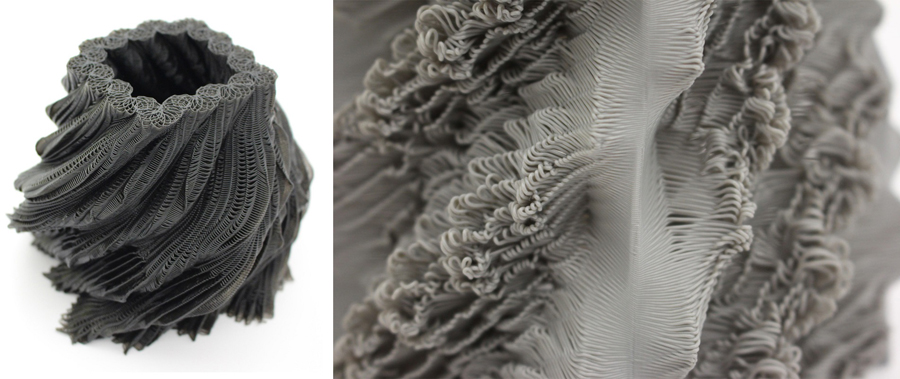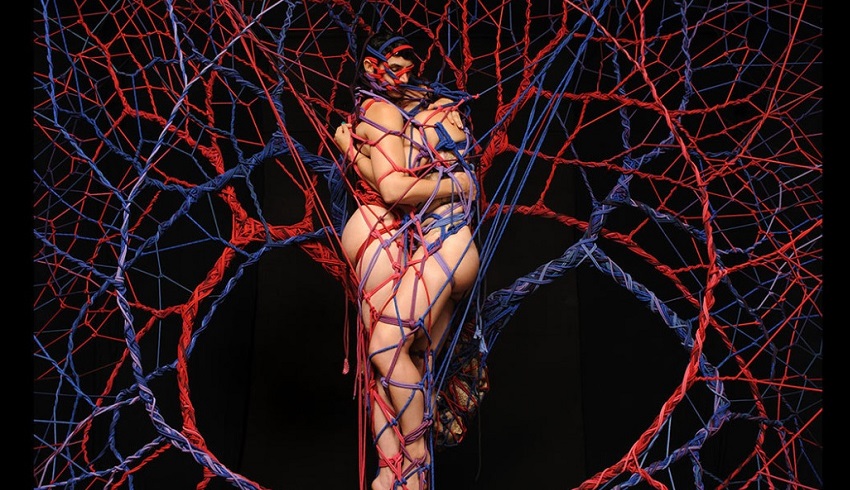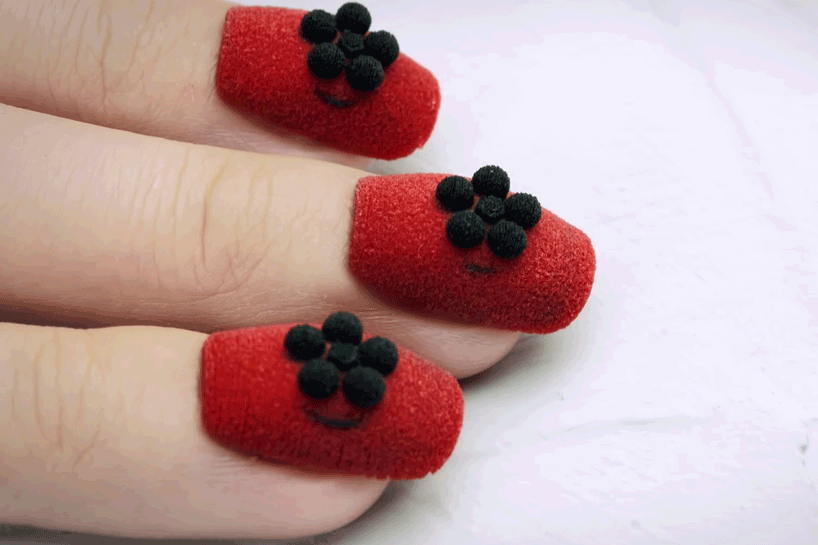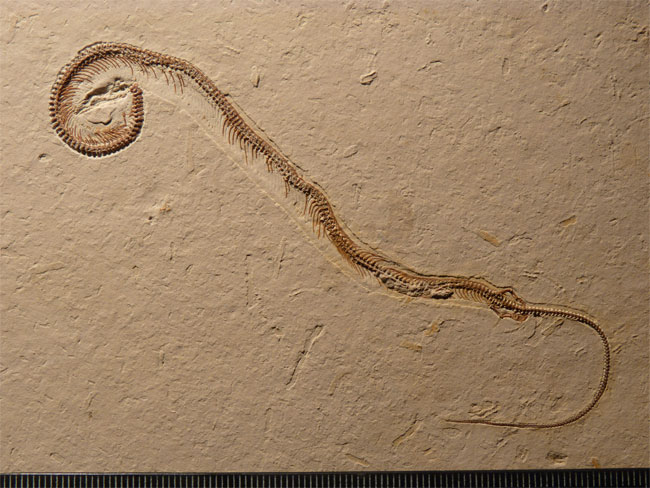While scientists where able up until this moment, to print simple tissue samples, this is the first time in history that a heart is printed. And it is an actual vascularized engineered heart, made using the patient’s own biological material. It seems like a giant step forward for science, one that could revolutionize organ transplants.
The original 3D-printed organ is the almost the same size as the heart of a rabbit. But obviously the researchers plan to scale up. And speaking of the researchers, this incredible feat was achieved by Prof. Tal Dvir, Dr. Assaf Shapira (TAU Facualty of Life Sciences) and Nadav Moor, a doctoral student in Prof. Dvir’s lab.

And while there are many things to figure out at this stage, the next steps are already set. The scientists need to culture the printed hearts. Then they need to teach them how to behave. And after all that make the first actual transplants, into animal models.
“This heart is made from human cells and patient-specific biological materials. In our process these materials serve as the bioinks, substances made of sugars and proteins that can be used for 3D printing of complex tissue models,” stated Prof. Dvir of Tel Aviv University’s School of Molecular Cell Biology and Biotechnology and Sagol Center for Regenerative Biotechnology, who was the leader of the research for the study. “People have managed to 3D-print the structure of a heart in the past, but not with cells or with blood vessels. Our results demonstrate the potential of our approach for engineering personalized tissue and organ replacement in the future.”
“Ideally, the biomaterial should possess the same biochemical, mechanical and topographical properties of the patient’s own tissues. Here, we can report a simple approach to 3D-printed thick, vascularized and perfusable cardiac tissues that completely match the immunological, cellular, biochemical, and anatomical properties of the patient.” He explained.
A hopeful Prof. Dvir declared lastly: “Maybe, in ten years, there will be organ printers in the finest hospitals around the world, and these procedures will be conducted routinely.”










